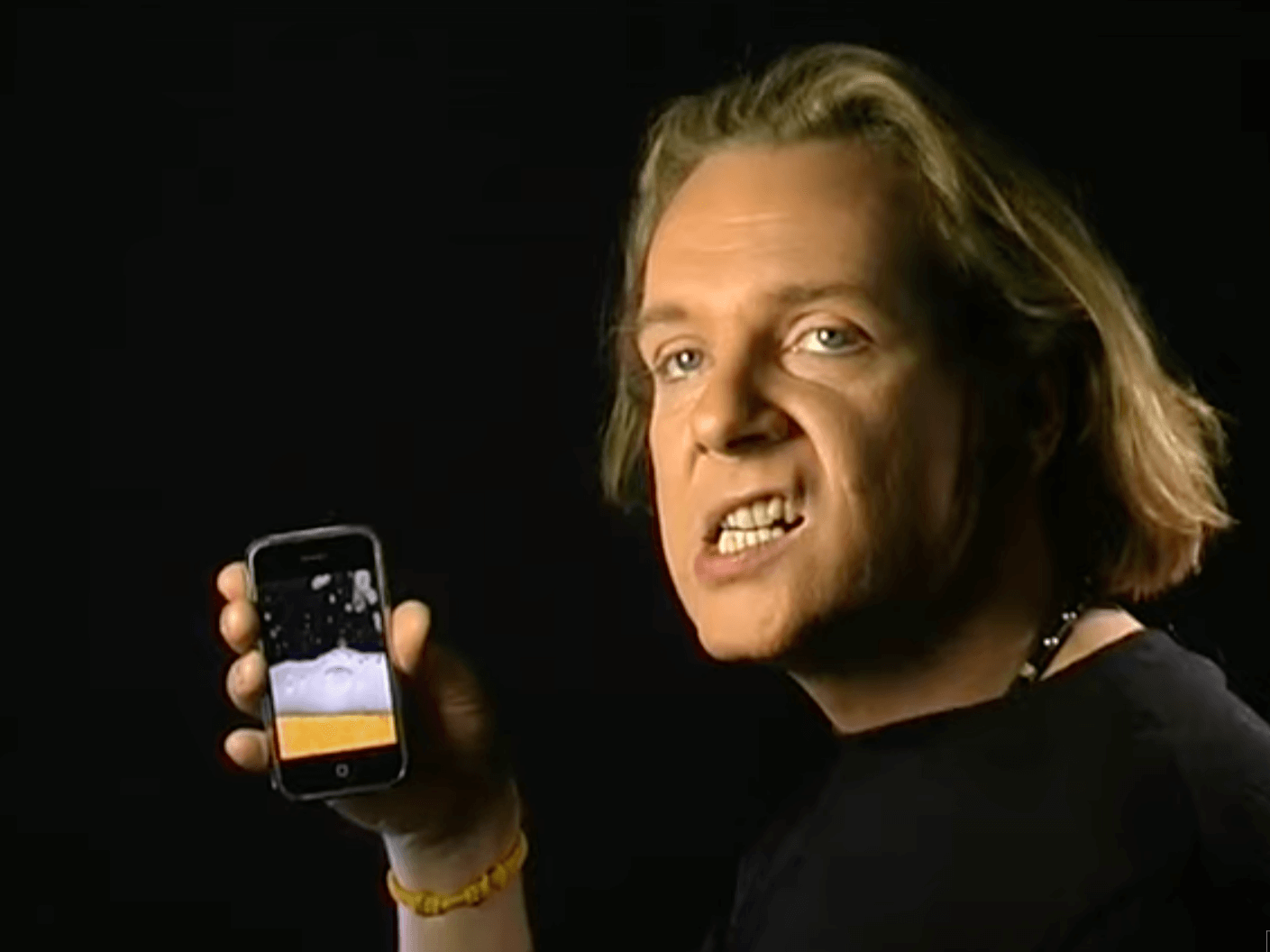How this magician made $20,000 every day
The full story, including Steve's quotes. Plus, why magicians can be incentivised to leave the magic market over time?

I want to dedicate today's story to all the magicians who complain about the cost of $30 magic apps, comparing them to $2.99 non-magic apps, and neglecting the fact that these magic developers are following their passion and making apps for magicians when they could be doing so of the much much bigger broader market.
With a simple method and a viral visual, the magician in today's story was able to generate $20,000 per day (that's right, 20k per day) with a magic-themed app for the broader market that targeted the broader market – and the number one best selling app was only $2.99.
In today's edition of the newsletter, we'll take a deep dive into his story, why so many magicians find their fortune by stepping beyond magic, and why magicians as a community need to work to find a way to reward and incentivise creators to developed new magic tricks and actually stick around long-term.
Back in 2008, Apple launched their App Store and 500 apps made to show off the iPhone's tech was born. One app found a virality like none of the rest – in fact, I'm almost sure that if you were around during the late naughties, you probably watched someone pretend to drink out of their phone at least five times.
In the year running up to the App Store launch, the team at Apple began scouting and reaching out to developers they believed could build the best early iPhone apps. They were looking for creative but straightforward ways to show off what the iPhone can do.
One of the people they contacted was a 37-year-old magician named Steve Sheraton. Apple had seen a viral YouTube video Steve made, in which he made it look like an iPhone was a drinkable glass of beer. He tipped the liquid back and forth on the phone screen before tilting his head back and appearing to drink it.
Even though this earlier version of the trick involved technology, it would likely still fall under the umbrella of methods consultants refer to as "analogue"; the method is analogue in that it reliably happens the same way every time, like an analogue ticking clock.
Stene originally built the method into an app for the Palm Pilot, and all it was was a simple pre-recorded video with which the performers had to time their actions. Long before touch screen was a thing, magicians would use the same method to make it look like they could interpret and pull stuff from screens, timing their moves with a well-prepared video.
